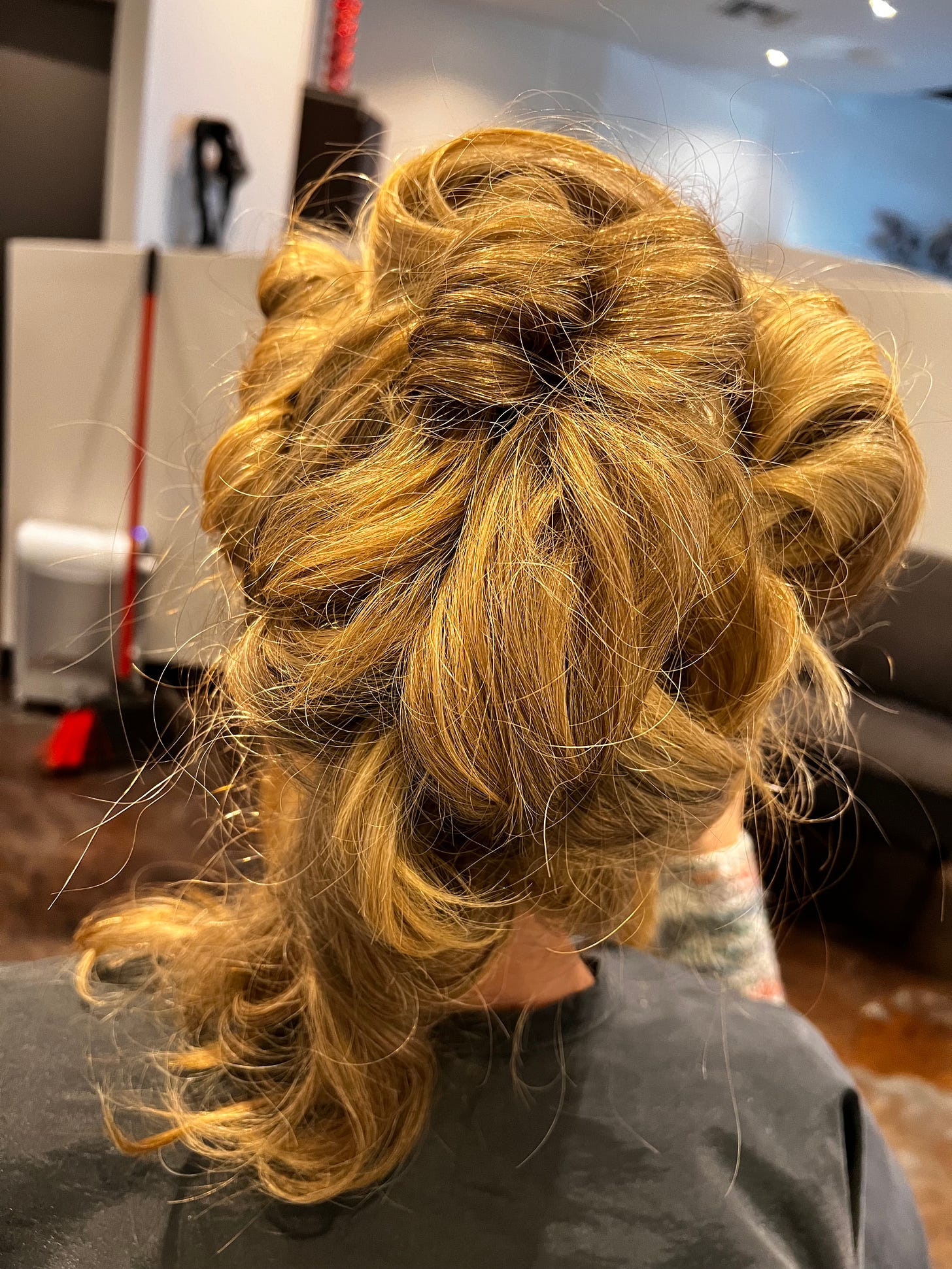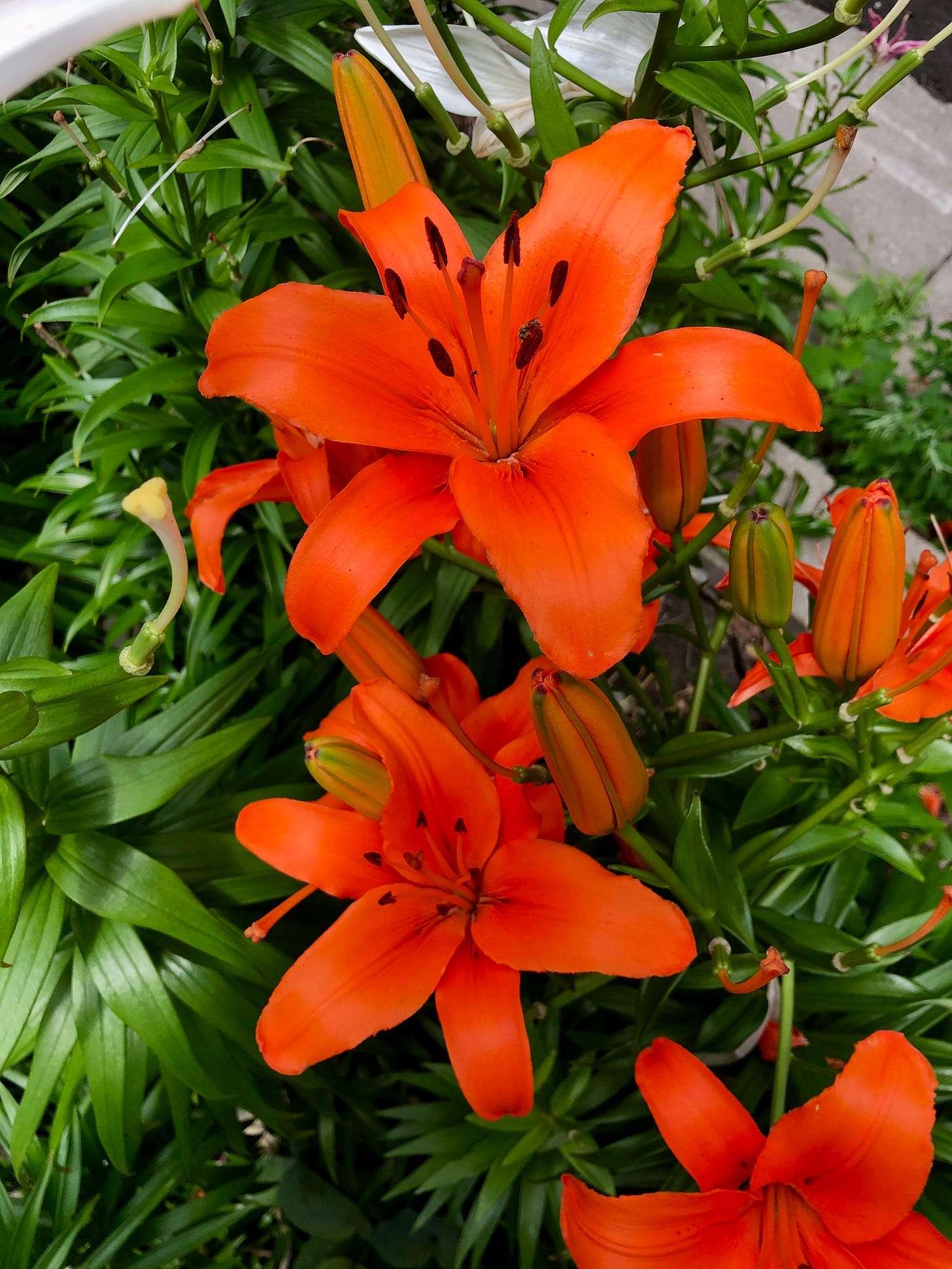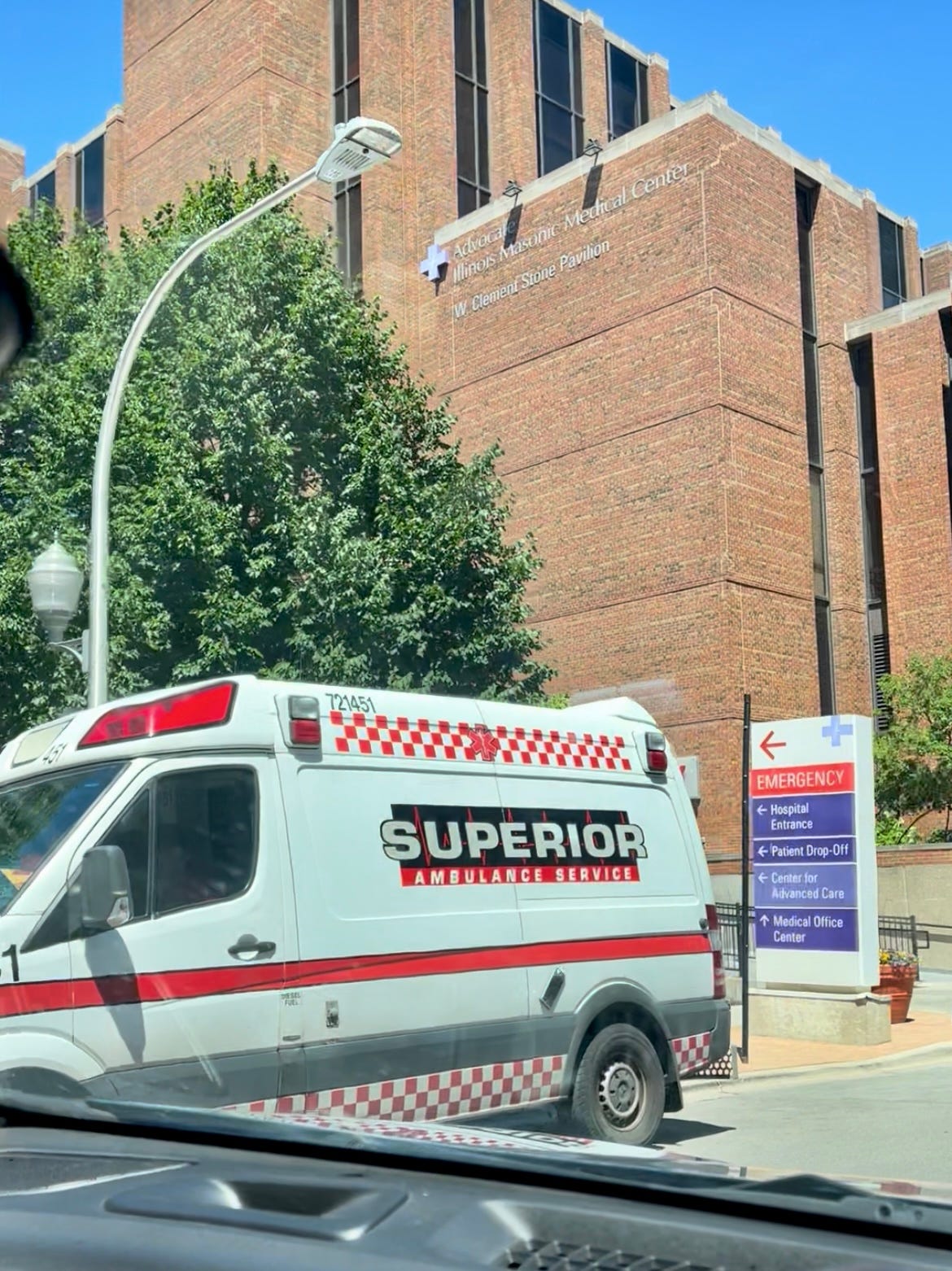Volume & Vulnerability
*all that noise noise noise noise noise*
Your pre-read watch for today’s lesson:
One of the most complicated—and most vulnerable—questions I get asked is:
“How are you different from before your accident?”
That’s a really good question, I’m glad you asked.
Except for when I’m not because it stirs up sadness.
Typically I don’t answer directly. Not because I’m a Grinch or avoiding it, but because it’s hard to sum up something so layered. So I tend to point people to my trusted advisors—family and friends—who witnessed the evolution and can offer their own observations.**
**lolz, observations are ironic, because in quantum theory, things don’t exist until they’re observed. If a tree falls in the forest but nobody’s there to hear it, does it make a sound?!?!
Regardless, since my accident, the volume on certain parts of me got turned WAY up. Like ambulance level loud. Also relevant because relevant.
In early rehab, I was warned this might happen—that my behaviors, patterns, and personality traits might intensify. Sensitivity? Louder. Emotional swings? Amplified. Personality quirks? Fully unmuted. See also: unicorn mode—unlocked and embraced.
For me, that means heightened awareness and more access to the noisy nooks and crannies of my brain. What a glorious place. Kinda vibes like Whoville some days.
With that as inspiration, let’s make ~volume and vulnerability~ our ~food forethought~ today.
Specifically, let’s talk about how tuning in (on purpose) can change everything.
During my July Nap, my frontal lobe was mostly offline,
so there was finally no relentless self-editing, no overthinking, and no inner narrator rehashing the past or scripting the future. Just silence. And bliss.
That accidental overnight silence was more or less what meditation offers. How?
When we lower the volume of our thinking mind, we turn up the ~volume~ on possibilities. It’s a place most people try really hard to access in their waking lives. But it’s turbulent in there. And facing turbulence is ~vulnerable.~
So, while I don’t recommend my route, I do recommend my lessons. #JustEmilyThings
compares personal transformation to crossing the "river of change."
IYKYK. And I’d bet you’ve been on a stretch of white-water rapids once or twice?
When we start to meditate and break old patterns, we often want to quit as soon as we hit the rapids. The moment we start feeling the chaos, the doubt, the emotional sediment kicked up from the bottom of the river, we panic. We think something is wrong. But wait!
Turbulence means we’re transforming.
My change curve in 2020 wasn’t just a river—it was a tidal wave. And I didn’t take the option to quit when it got hard. I had the will to keep paddling when it got (still gets) bumpy. And I’ve let the current carry me to new places I never dreamt possible.

In a quick throwback to Bed, Bath & Beyond … you may remember how meditation helps us shift our brainwaves from high-frequency Beta (stressed, busy, analytical) to Alpha (relaxed, creative), and then to Theta (dreamlike, subconscious).
In that slower Theta state, the frontal lobe calms down and lowers the volume of analysis. Our mind (mind = brain in action) moves from “thinking” to “being**.”
**Being = brain waves so chill, we’re in a trance.
Enter: a kaleidoscope. I’ve been watching them all week. Thx
.When you stare into one, your brain can’t predict the patterns. It stops trying to label, organize, or explain—and just relaxes and receives new information as you fall into a soft, trance-like state.
FYI, bird-watching does similar if you sit still, be patient, and stay open. When you can’t control what you’ll see, you allow nature to offer surprise-and-delight moments.
So this isn’t about tuning out. It’s about tuning in, and starting to explore possibilities.
When I talk about volume, I’m talking about the intensity of our thoughts, emotions, and behaviors.
The loudest thoughts in our heads are usually the ones we repeat most often. Not because they’re true, but because they’re the most practiced. We glue ourselves to them—over and over—without realizing that repetition makes them feel like reality.
The good news? That glue isn’t permanent. We can redirect it.
We can pull attention away from the noise and re-stick it to something that feels better. As I said in Strategic Stickiness, we get to decide what’s worth reinforcing with Mental Miracle Gro, and what deserves to get pruned or … well, die.

When we turn the analytical volume down—not to mute ourselves, but to make space—we can finally hear what’s been buried beneath the *noise noise noise noise noise.*
You don’t need white-water rapids or a tidal wave to transform. You just need to be willing to sit still and listen.**
**24-day coma/nap not required.
So what if we agree to work with our ~volume and vulnerability~ and …
slow our brain waves?
turn down the analysis?
take on the turbulence?
play around with the possibilities?
stare into a kaleidoscope?
sit still and observe a bird or two?
Just a couple trance-inducing ideas. Take what serves, and leave what doesn’t.
You know what’s right for you. Either way, sweet Cindy Lou Who will be proud of you.
XOXO,
-me,
probably in a kaleidoscopic trance. or doing my hair like Cindy Lou Who again :)




I love flower pics, I love taking flower pics and birds are my "squirrel". Hummingbirds are my favorite. My email is cyndeelouhoo23@gmail.com. I am going to find a kaleidoscope today, the noise in my brain is playing at max volume since my traumatic incident in 2021. I still am surprised to have met someone who had that same little bone replaced with a prosthetic. Cyndee